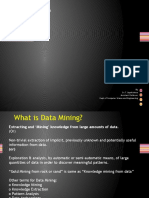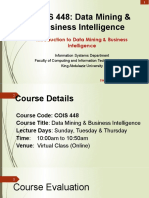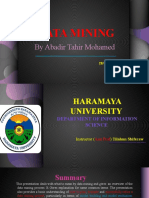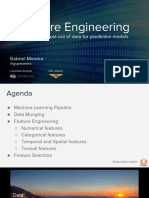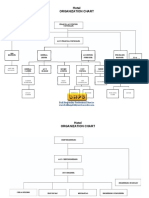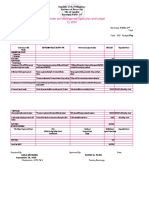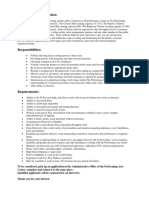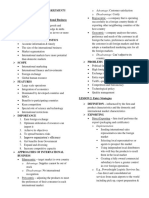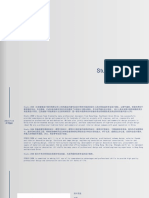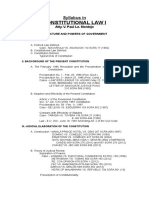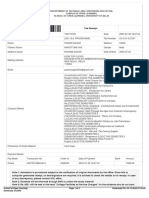0% found this document useful (0 votes)
68 views43 pagesWeek-1-Introduction To Data Mining
The document provides an introduction to data mining, defining it as the process of extracting useful information from large datasets and differentiating it from knowledge discovery. It discusses the importance of data mining in various fields, the techniques used such as classification, clustering, and association, and the stages involved in the data mining process. Additionally, it highlights the architecture of data mining systems and addresses major issues and challenges in the field.
Uploaded by
wubetayalew2Copyright
© © All Rights Reserved
We take content rights seriously. If you suspect this is your content, claim it here.
Available Formats
Download as PPTX, PDF, TXT or read online on Scribd
0% found this document useful (0 votes)
68 views43 pagesWeek-1-Introduction To Data Mining
The document provides an introduction to data mining, defining it as the process of extracting useful information from large datasets and differentiating it from knowledge discovery. It discusses the importance of data mining in various fields, the techniques used such as classification, clustering, and association, and the stages involved in the data mining process. Additionally, it highlights the architecture of data mining systems and addresses major issues and challenges in the field.
Uploaded by
wubetayalew2Copyright
© © All Rights Reserved
We take content rights seriously. If you suspect this is your content, claim it here.
Available Formats
Download as PPTX, PDF, TXT or read online on Scribd
/ 43
